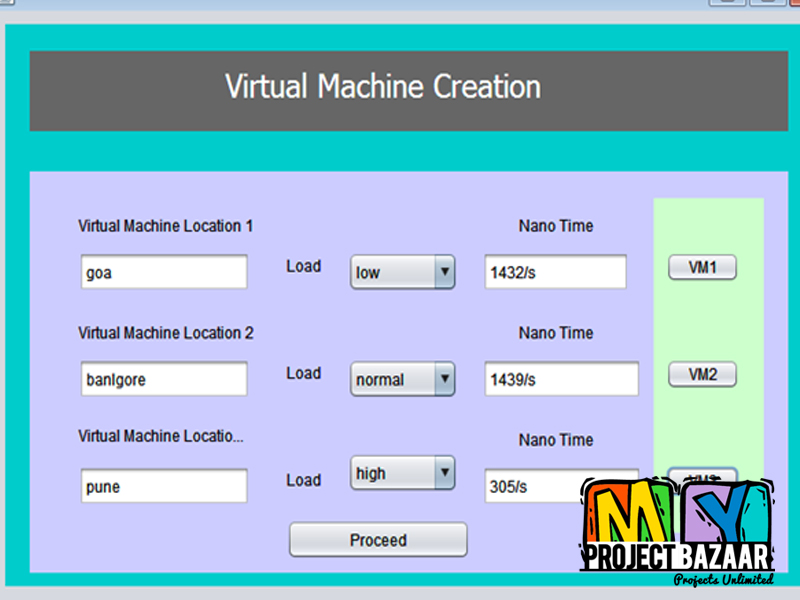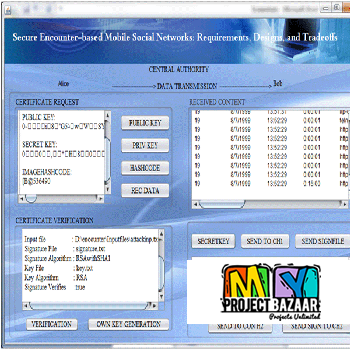
Load balancing in cloud computing for optimized resource usage
Product Description
Load balancing in cloud computing for optimized resource usage
Abstract—The demand for Cloud computing usage is increasing day by day due to the advantages and facilities it offers. The fast growing rate of the usage of large-scale computing machines on cloud platform has resulted in increased consumption of energy and emission of carbon. Such negative effects should be curbed for a more environmental-friendly computing platform, e.g. a green cloud computing platform. Scheduling is one of the aspects that can be looked into in regards to the improvement of the whole cloud architecture, specifically in the scope of resource management. One of the important features that need to be optimized in regards to scheduling is the load balancing process that emphasizes on optimal resource utilization, maximum throughput, maximum response time and prevention of overload.< Final Year Project > One way to optimize the load balancing process is by implementing the migration of virtual machines across multiple hosts, in which utilization of CPU resources can be optimized. The appropriate use of two different classes of resources e.g. low-powered and high-powered machines based on their Million Instructions Per Second (MIPS) metrics, will lead to minimal process execution time if both types of resources are being efficiently used and effectively mapped to suitable types of processing. According to different machine performance, the migration of virtual machines will be computed based on the current CPU utilization following three different conditions, i.e. when the CPU usage reaches its 90%, 10% and 0% marker. Based on this idea, a general algorithm in activating the virtual machine migration is proposed, in which the overall load balancing process could be improved.
Including Packages
Our Specialization
Support Service
Statistical Report

satisfied customers
3,589
Freelance projects
983
sales on Site
11,021
developers
175+Additional Information
| Domains | |
|---|---|
| Programming Language |
Would you like to submit yours?


















There are no reviews yet